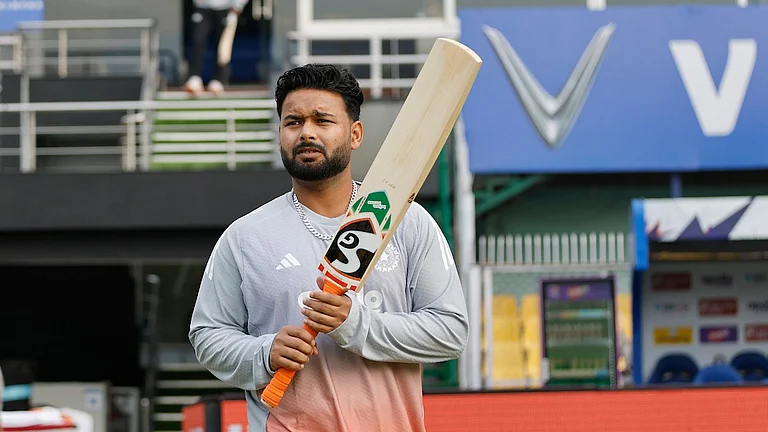Encapsulating seven decades of socio-political and economic history of a country like India, with its complex diversity and cultural heritage, is itself a daunting task, but to attempt it in a 270-page book with just 19 chapters would seem nothing short of being foolhardy. So it is clear that the authors are neither trying to provide a complete picture of the country’s history, nor satiate the appetite of every discerning reader.
What’s more, the pace never slackens, as the authors embellish policy issues of governments and personal decisions of Indian leaders, with quirky anecdotes and little-known nuggets. For instance, the opening paragraph of the chapter Dumb Doll, where a high-ranking Congress leader asks a holy man what the stars foretell as the plane carrying Lal Bahadur Shastri’s body arrives in Delhi from Tashkent. His answer: ‘A hat-trick’, implying that the next prime minister too will be from the same city, Allahabad. Or how, during Partition, dictionaries were ripped apart in libraries, with the portion carrying words A-K going to India and the rest to Pakistan, to ensure meticulous division of public assets.
The analysis, too, is lucid, balanced and sometimes rather surprising. Jawaharlal Nehru’s infamous ‘licence and permit raj’ and his excessive focus on public sector units are criticised, but the authors are cognizant of his numerous contributions in building a young nation. PM Shastri gets the epitaph of being the country’s “first economic reformer” who tried to infuse fresh thinking into the country’s development strategy by allowing a larger role for the private sector and foreign investment.
Other PMs find themselves in subsequent chapters: Indira Gandhi’s successful fight with the syndicate, her election strategies, war with Pakistan, declaration of Emergency and her return are discussed in great detail. Similarly, the reform agenda of Rajiv Gandhi (Pangs of Change), the liberalisation story of Narasimha Rao and his able lieutenant Manmohan Singh against all odds (The Perfect Crisis), Atal Behari Vajpayee’s decision to further the reform focus, his road projects, and the Kargil War (Clash of Ideologies). Manmohan Singh’s two terms (Too much of a good thing) and, finally, Narendra Modi’s four-year term (Great Expectations) brings together the drama of triumphant breakthroughs and great failures of these leaders.
Yet, by the time you finish the book, you are left with a sense of deja vu. Much of this information has already been documented and there is little discussion on what should be the right economic model for India as even the West wrestles with a crisis of capitalism. The great financial crisis of 2007-08, the rising inequality between the rich and the poor, the paucity of jobs because of increasing automation and new technological breakthroughs, growing global protectionism, have all exposed the soft underbelly of a free-market economy and raised questions about its viability as an economic model. Perhaps a new economic model is called for, but for those answers and many more we will have to wait for the authors’ next book.





















